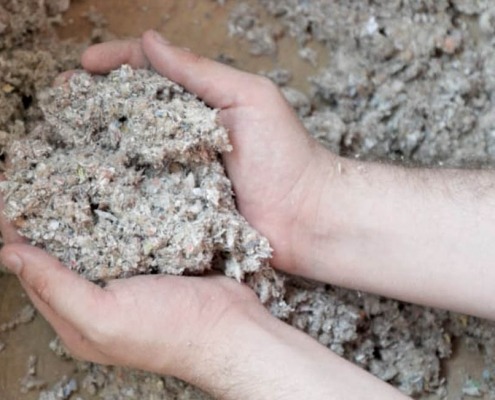 https://www.llstructures.ie/wp-content/uploads/2021/03/Cellulose-loose.jpg
651
858
Longlife Editor
https://www.llstructures.ie/wp-content/uploads/2021/03/logo-header-lls-1-1.jpg
Longlife Editor2021-03-10 16:47:272021-03-10 18:13:23What is Cellulose Insulation and Why use it?
https://www.llstructures.ie/wp-content/uploads/2021/03/Cellulose-loose.jpg
651
858
Longlife Editor
https://www.llstructures.ie/wp-content/uploads/2021/03/logo-header-lls-1-1.jpg
Longlife Editor2021-03-10 16:47:272021-03-10 18:13:23What is Cellulose Insulation and Why use it?Cellulose insulation is made from up to 85% recycled paper, It has the highest recycled content of any insulation available. Cellulose insulation is treated inorganic salts which makes it flame resistant, pest resistant and mold resistant… ideal for timber frame structures.
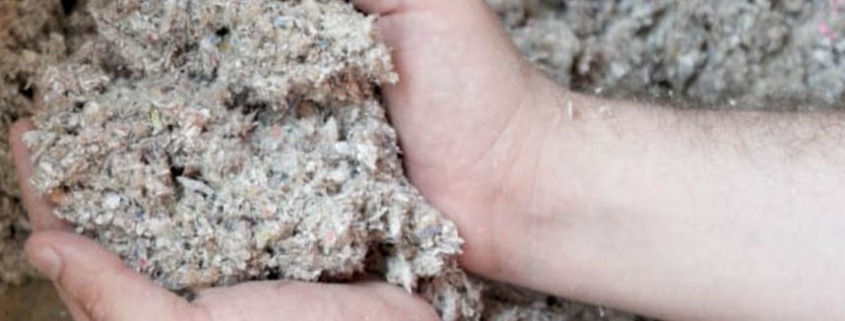
Cellulose is a very versatile insulation in that it can be used in old or new buildings. It can be open blown, usually into attics or lofts, or pressure blown into timber frame walls and roofs on site, or in closed manufactured panels in a factory. It is installed using special equipment as seen below.
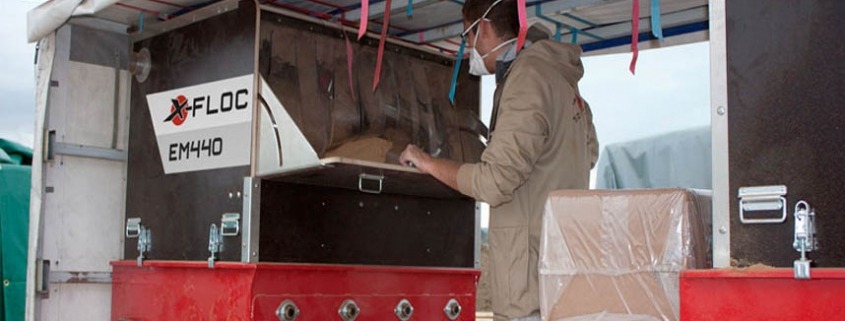
Because cellulose is a loose fibre insulation, when blown in at the correct density, it easily fills any voids or difficult to reach areas in a structure, thereby eliminating any air pockets that can reduce the overall efficiency of the wall ( heat loss). This is not so easily achieved with rigid insulation boards.
Benefits of Cellulose Insulation:
• Made from Recycled paper, making it very environmentally friendly
• Its high thermal mass keeps homes warm in winter and cooler in summer leading to greater thermal comfort year round
• It has a low vapour resistance which facilitates the movement of moisture vapour thus allowing rapid drying.
• Exceptionally low embodied energy
• Cellulose can store and release humidity without effecting its thermal performance.
Open blown cellulose in an attic
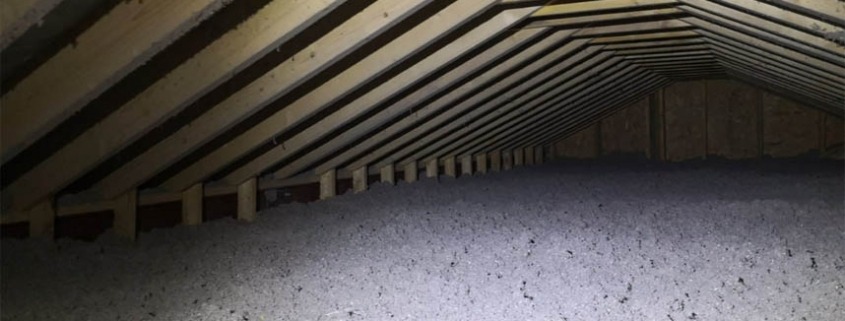
Dense packed cellulose being installed into walls
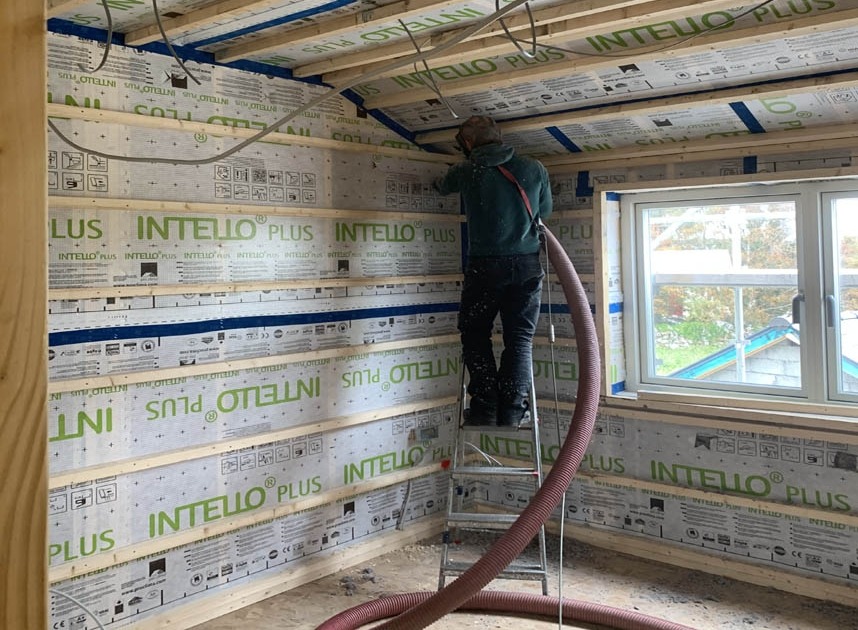
Read More
 https://www.llstructures.ie/wp-content/uploads/2021/03/Cellulose-loose.jpg
651
858
Longlife Editor
https://www.llstructures.ie/wp-content/uploads/2021/03/logo-header-lls-1-1.jpg
Longlife Editor2021-03-10 16:47:272021-03-10 18:13:23What is Cellulose Insulation and Why use it?
https://www.llstructures.ie/wp-content/uploads/2021/03/Cellulose-loose.jpg
651
858
Longlife Editor
https://www.llstructures.ie/wp-content/uploads/2021/03/logo-header-lls-1-1.jpg
Longlife Editor2021-03-10 16:47:272021-03-10 18:13:23What is Cellulose Insulation and Why use it?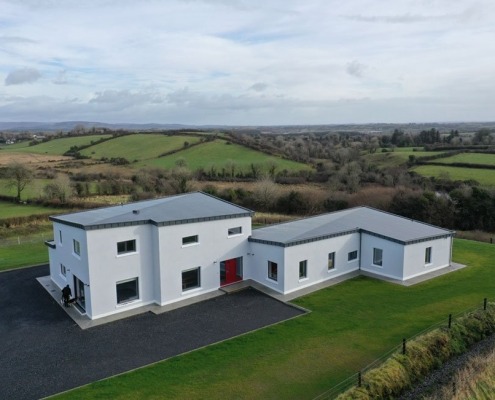 https://www.llstructures.ie/wp-content/uploads/2021/03/castlebar-passive-house-timberframe-1.jpg
651
858
Longlife Editor
https://www.llstructures.ie/wp-content/uploads/2021/03/logo-header-lls-1-1.jpg
Longlife Editor2021-03-10 16:37:332021-03-11 15:13:09Timber Frame approach to both Passive House and NZEB.
https://www.llstructures.ie/wp-content/uploads/2021/03/castlebar-passive-house-timberframe-1.jpg
651
858
Longlife Editor
https://www.llstructures.ie/wp-content/uploads/2021/03/logo-header-lls-1-1.jpg
Longlife Editor2021-03-10 16:37:332021-03-11 15:13:09Timber Frame approach to both Passive House and NZEB.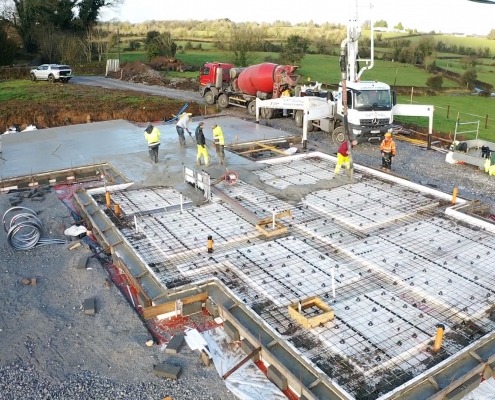 https://www.llstructures.ie/wp-content/uploads/2021/03/Insulated-Foundation-Concrete-Concrete-Pump-Underfloor-heating.jpg
1080
1632
johno
https://www.llstructures.ie/wp-content/uploads/2021/03/logo-header-lls-1-1.jpg
johno2021-03-10 10:35:372021-03-13 21:58:24Insulated Foundations
https://www.llstructures.ie/wp-content/uploads/2021/03/Insulated-Foundation-Concrete-Concrete-Pump-Underfloor-heating.jpg
1080
1632
johno
https://www.llstructures.ie/wp-content/uploads/2021/03/logo-header-lls-1-1.jpg
johno2021-03-10 10:35:372021-03-13 21:58:24Insulated Foundations
